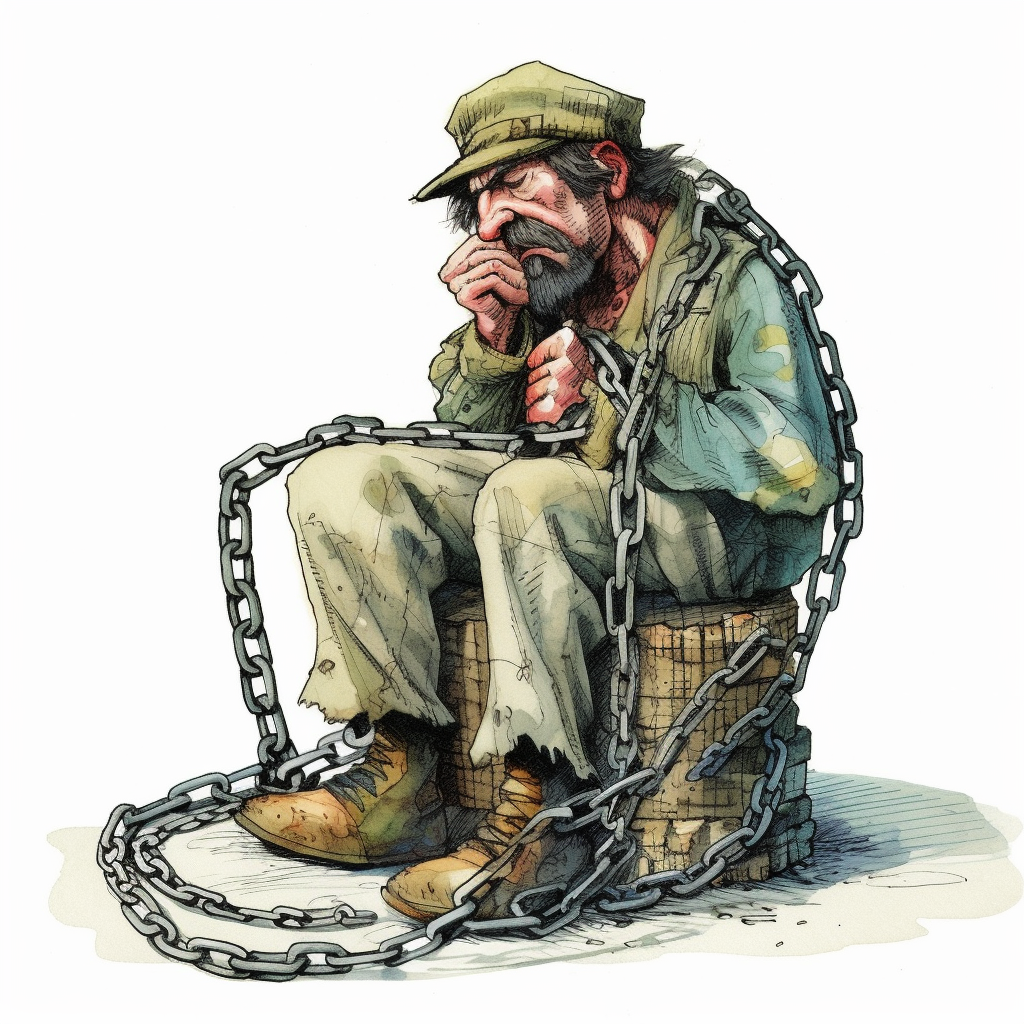By Kam Phung, Simon Fraser University and Genevieve LeBaron, Simon Fraser University
On May 3, Canada passed legislation aimed at addressing modern slavery — a term that typically encompasses forced labour, bonded labour and child labour — in supply chains.
By doing so, Canada has joined a growing list of nations that have introduced this type of legislation. Bill S-211, the Fighting Against Forced Labour and Child Labour in Supply Chains Act, received royal assent on May 11 and is slated to become law on Jan. 1, 2024.
As business and policy researchers interested in human rights and exploitation, we have studied modern slavery around the world, including the development of supply chain legislation, corporate efforts and other initiatives intended to address modern slavery.
We have been closely following this issue in Canada.
The enactment of what many are calling Canada’s Modern Slavery Act is without a doubt an important milestone. Yet we need to remain diligent and view it as the start — not the end — of efforts to address modern slavery in supply chains. Otherwise, we risk exacerbating the issue.
Landmark legislation in Canada
Forced labour and “situations of exploitation that a person cannot refuse or cannot leave because of threats, violence, deception, abuse of power or other forms of coercion” are not relics of the past. They are ever-present issues linked to our lives through supply chains.
Once Bill S-211 comes into effect, government institutions and Canadian-linked companies that meet the act’s thresholds will be required to submit an annual report that details their efforts to address forced labour and child labour in their supply chains.
Bill S-211 also amends the Canadian Customs Tariff to “exclude goods that are mined, manufactured or produced wholly or in part by forced labour or child labour.”

For years, Canada has been viewed as a laggard when it comes to supply chain legislation, trailing behind other jurisdictions (e.g., Australia, Netherlands, United Kingdom and United States). This legislation is a step toward bringing Canada into sync with global regulatory trends.
Experts have advocated for more stringent legislation if Canada wants to “get serious about modern slavery.”
Reporting on modern slavery in supply chains will not be new for many companies, as many are already required to do so under legislation elsewhere. But for some, this will be new territory.
Businesses that did not pay attention to modern slavery before this point now have no choice but to confront it.
A study of businesses in Canada found some professionals have struggled to get buy-in from key stakeholders. These stakeholders are often dismissive of modern slavery because they either believe it’s irrelevant or that directing attention to it risks damaging their reputation.
Codifying forced labour and child labour in supply chains into legislation will help legitimize the issue in the eyes of otherwise reluctant decision-makers.
Superficial reporting
Years after the early pieces of transparency in supply chain legislation such as the California Transparency in Supply Chains Act, U.K. Modern Slavery Act and Australian Modern Slavery Act have come into effect, there is little cause for optimism around their effectiveness.
Scholars have argued that transparency laws tend to lead to “superficial reporting, focused on processes rather than outcomes” and that this type of legislation “has failed to root out forced labour and exploitation from prevailing business models.”
A lack of government enforcement, vague reporting requirements that don’t encompass key metrics most relevant to forced labour, and rampant non-compliance among businesses have fuelled ineffectiveness.
Broken tools
Transparency legislation has expanded companies’ reliance on tools to prevent and address forced labour in supply chains. The problem with this, however, is that many of these tools are broken.
In their rush to demonstrate they are taking action on forced labour by reporting on their efforts to address it, companies have been leaning heavily on social auditing and ethical certification programs.
Evidence suggests these programs mask forced labour, rather than finding and fixing it. These programs give the impression there are effective monitoring systems in place, when there are not.
A review of studies on auditing and certification highlights the failures and flaws hardwired into these systems when it comes to detecting, preventing and remediating forced labour. These programs simply don’t work to improve labour conditions over time.
Enabling business conditions
Transparency legislation does nothing to tackle the organizational and commercial dynamics that lead to businesses’ demand for forced labour in supply chains, as our research has shown.
Supply chain complexity and informality have been repeatedly identified as key drivers of forced labour in supply chains. However, businesses continue to be structured to reap the benefits of such conditions.
A decade into government efforts, there is alarmingly little evidence demonstrating that companies have made any meaningful changes to their commercial designs or practices.
What it takes
If we have learned anything from the fight against modern slavery, it is that addressing the issue — even in a select few suppliers — takes extensive time, resources and long-term commitments.
Counter-intuitively, combating the issue doesn’t simply mean cutting ties with entities guilty of modern slavery. In fact, working with perpetrators long-term has been demonstrated to be an effective remedy.
For example, after Patagonia detected labour violations among a few of its suppliers in Taiwan, it documented and publicly reported on its multi-year effort to update its supplier code of conduct and work with the violators to ensure the issue was addressed.
Their extensive work resulted in the creation of their Migrant Worker Employment Standards handbook, which has been applied to suppliers beyond Taiwan and shared with other companies in the industry.
While some legislation is better than none, we need to be aware of the pitfalls associated with current legislation and remain diligent moving forward.
Kam Phung, Assistant Professor of Business & Society, Beedie School of Business, Simon Fraser University and Genevieve LeBaron, Professor, School of Public Policy, Simon Fraser University
This article is republished from The Conversation under a Creative Commons license. Read the original article.






